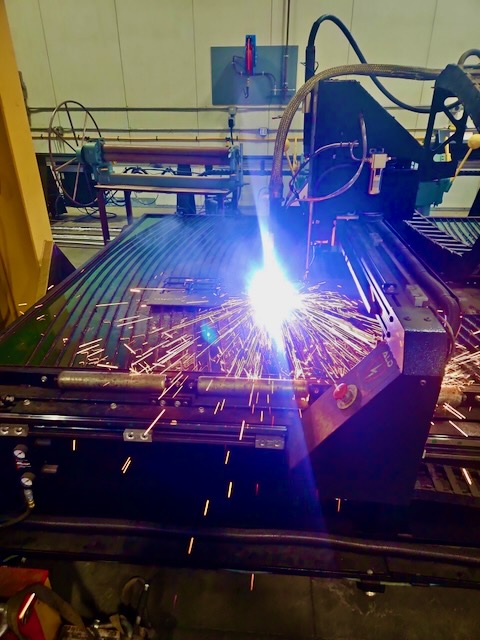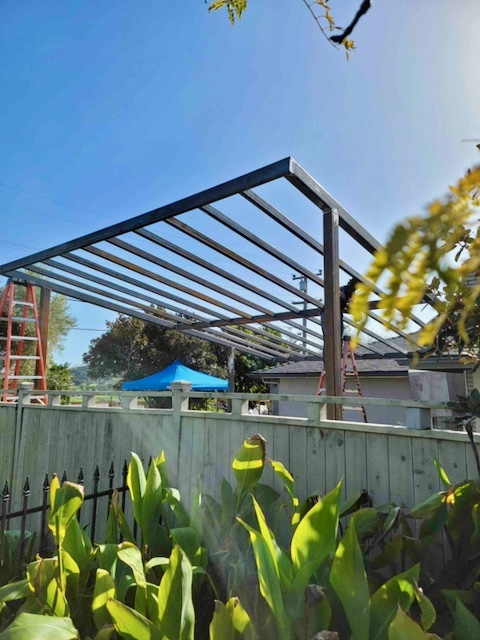In the world of welding, terminology and techniques can often be confusing, especially for those new to the field. One common misconception is the difference between arc welding and Mig welding. Many people use these terms interchangeably or misunderstand their meanings, leading to confusion about the processes involved. In this article, we will clarify the distinctions and similarities between arc welding and Mig welding, delve into various arc welding processes, and dispel some myths surrounding these terms.

The Misconception: Arc Welding vs. Mig Welding
When people refer to “arc welding,” they are often talking about SMAW (Shielded Metal Arc Welding), commonly known as stick welding. This misnomer is widespread but technically incorrect. Arc welding is a broad term that encompasses various welding processes that use electricity to create an arc that melts and joins metals. Understanding this can help clarify the confusion between arc welding and specific processes like Mig welding.
Understanding Arc Welding
Arc welding is a welding process that uses an electric arc to melt metals to the welding point. The electric arc is generated between an electrode and the base material, creating the necessary heat to melt the metals and form a weld. Under the umbrella of arc welding, there are several different welding processes, each with its own unique characteristics and applications.
Shielded Metal Arc Welding (SMAW)
SMAW, commonly known as stick welding, is one of the most widely used arc welding processes. It uses a consumable electrode coated in flux to lay down a weld. The flux coating produces a slag to protect the weld from contamination.
Key Features of SMAW:
- Portable and versatile
- Suitable for outdoor and windy conditions
- Can weld a variety of metals and thicknesses
Flux-Cored Arc Welding (FCAW)
FCAW is another popular arc welding process that uses a continuous wire electrode with a flux core. This process can be divided into two types: FCAW-S (self-shielded) and FCAW-G (gas-shielded).
Key Features of FCAW:
- High deposition rates
- Suitable for thick materials
- Can be used with or without external shielding gas
Gas Metal Arc Welding (GMAW/Mig)
GMAW, commonly known as Mig (Metal Inert Gas) welding, is an arc welding process that uses a continuous solid wire electrode and an external shielding gas. It is known for its ease of use and high welding speed.
Key Features of GMAW:
- High welding speed and efficiency
- Clean welds with minimal spatter
- Suitable for thin to medium thickness materials
Gas Tungsten Arc Welding (GTAW/Tig)
GTAW, or Tig (Tungsten Inert Gas) welding, is a precise arc welding process that uses a non-consumable tungsten electrode and an external shielding gas. It is known for producing high-quality, clean welds.
Key Features of GTAW:
- Produces high-quality welds
- Suitable for thin materials and critical applications
- Requires high skill level
Debunking the Myth: Arc Welding vs. Mig Welding
Many people mistakenly believe that arc welding and Mig welding are entirely different processes. In reality, Mig welding is just one form of arc welding. All the welding processes mentioned above fall under the category of arc welding because they all use an electric arc to generate the heat needed for welding.
Exploring Other Arc Welding Processes
To further understand the scope of arc welding, let’s explore the other processes that fall under this category.
Flux-Core (it’s flux core not flux cored) Arc Welding (FCAW)
FCAW is similar to Mig welding but uses a flux-core wire instead of a solid wire. The flux core can produce its own shielding gas or be used with an external gas, providing flexibility for various welding environments.
- FCAW-S (Self-Shielded): Does not require external shielding gas, making it suitable for outdoor and windy conditions.
- FCAW-G (Gas-Shielded): Requires external shielding gas, providing cleaner welds with less spatter.
Gas Tungsten Arc Welding (GTAW/Tig)
Tig welding uses a non-consumable tungsten electrode and an external shielding gas, typically argon. This process is known for its precision and ability to produce high-quality welds on thin materials and critical applications.
- Precision: Ideal for applications requiring precise control and clean welds.
- Versatility: Can weld a wide range of metals, including exotic alloys.
The Importance of Proper Terminology
Understanding and using the correct terminology is crucial in welding to ensure clear communication and proper application of techniques. Referring to specific welding processes accurately helps avoid confusion and ensures that the right method is used for the job.
The myth that arc welding and Mig welding are entirely different processes is rooted in a misunderstanding of welding terminology. In reality, Mig welding is a form of arc welding, along with other processes like SMAW, FCAW, and GTAW. By understanding the similarities and differences between these processes, welders can make informed decisions about which technique to use for their specific applications.
At J&M Welding Inc., we are committed to providing high-quality welding services using a variety of arc welding techniques. Whether you need precision Tig welding or versatile Mig welding, our experienced team is equipped to handle all your welding needs. Contact us today to learn more about our services and how we can help with your next project.
Frequently Asked Questions (FAQs)
1. What is the main difference between Mig welding and stick welding?
Mig welding uses a continuous wire electrode and external shielding gas, while stick welding (SMAW) uses a consumable stick electrode with a flux coating that provides shielding.
2. Can Mig welding be used outdoors?
Mig welding is typically used indoors or in controlled environments because the shielding gas can be disrupted by wind. For outdoor welding, FCAW-S (self-shielded flux-core arc welding) is often preferred.
3. Which welding process is best for beginners?
Mig welding is generally considered easier for beginners to learn due to its simplicity and ease of use.
4. What metals can be welded using Tig welding?
Tig welding can be used to weld a wide range of metals, including steel, stainless steel, aluminum, and exotic alloys.
5. Is arc welding the same as SMAW?
Sort of… arc welding is a broad category that includes various welding processes, including SMAW (stick welding), Mig welding, Tig welding, and FCAW. SMAW is just one type of arc welding.
By understanding these welding processes and their applications, you can make more informed decisions and ensure that your projects are completed with the highest quality and efficiency.


